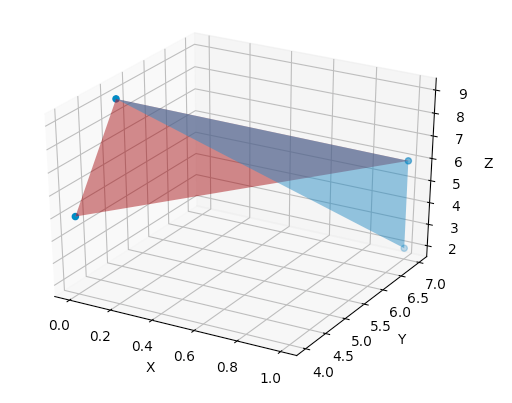Reference
- 문제 출처 - HackerRank
- 파이썬 연습 - Practice - Python
개인적인 생각과 상상으로 작성한 내용들이 포함되어 있습니다
문제를 풀고 Discussion Tab을 참고하며 코드 스타일을 개선하려고 노력하고자 합니다
HackerRank
Subdomain
- ~~Introduction~~
- ~~Basic Data Types~~
- ~~Strings~~
- ~~Sets~~
- ~~Math~~
- ~~Itertools~~
- ~~Collections~~
- ~~Date and Time~~
- ~~Errors and Exceptions~~
- ~~Classes~~
- ~~Built-Ins~~
- <strong style="color:blue">Python Functionals</strong>
- Regex and Parsing
- XML
- Closures and Decorators
- Numpy
- Debugging

